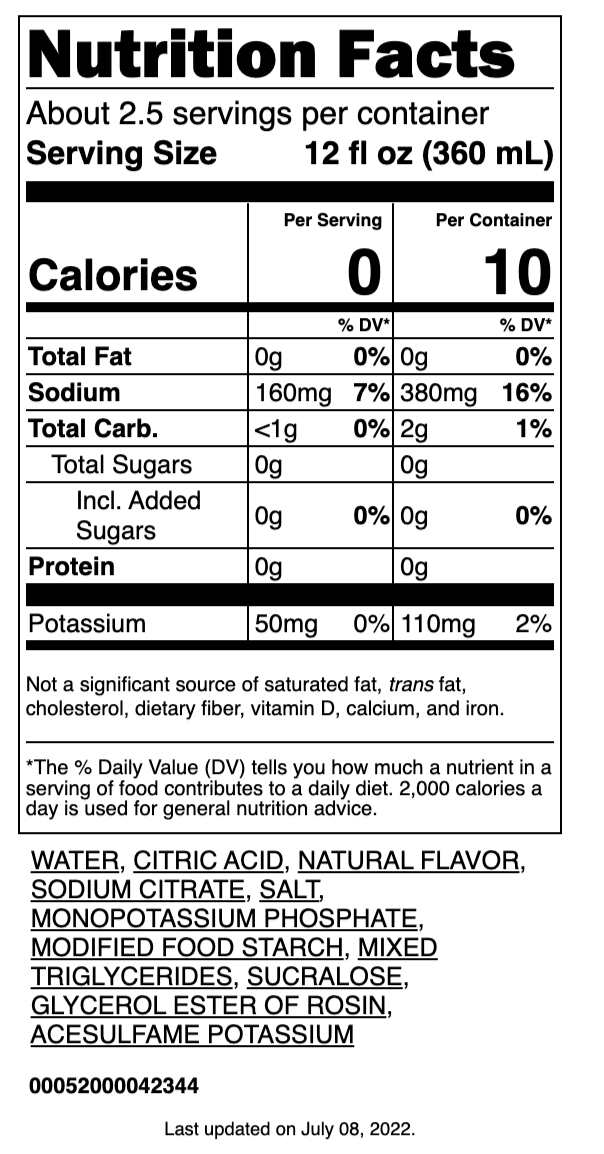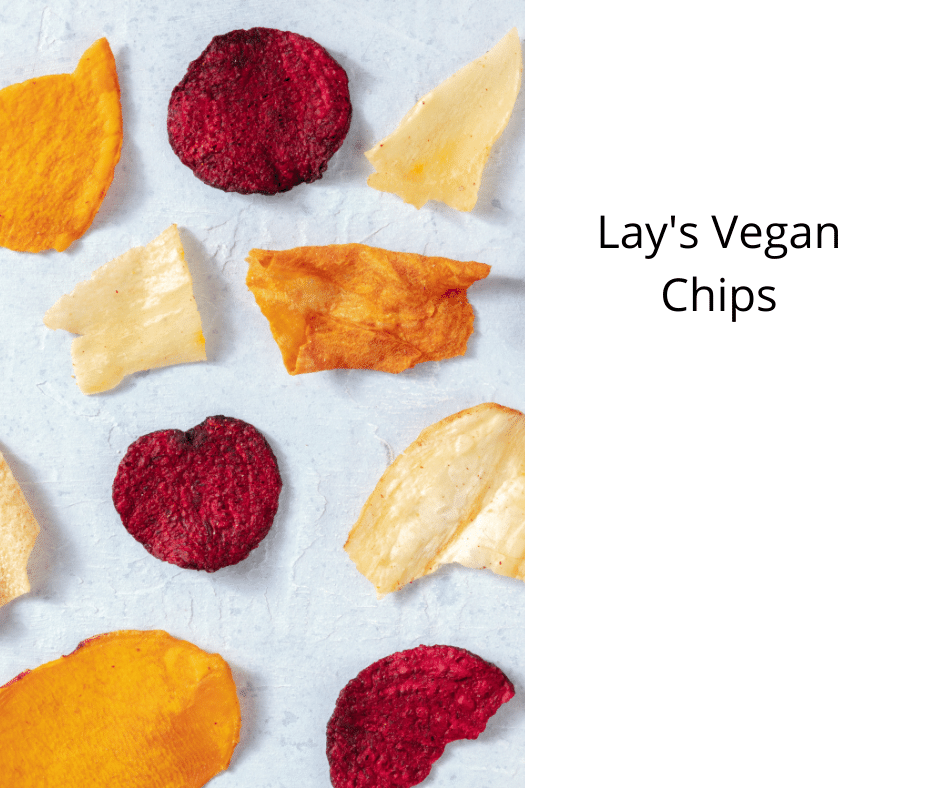Nutritional information labels provide crucial information about the food you eat. They outline the serving size, calories per serving, and the amounts of nutrients present.
They also let you know if a product is low in fat or sodium and has a low sugar content. Some foods even feature health claims that claim they provide certain vitamins or minerals.
We look at the nutritional information of foods to determine the level of calories and nutrients (such as vitamins and minerals) they contain.
Reading the nutrition facts is a good way to determine the amount of calories, fat, cholesterol and sodium that are in a food. It also lists any vitamins and minerals present in the product.
The first section gives information about serving size (for example: 1 cup). The second column provides calories per serving; this number can be compared with other similar foods to see which has fewer calories or more nutrients.
The third column tells us how much fat is in each serving; we want to look for low amounts here because too much fat can cause health problems such as heart disease or diabetes mellitus (diabetes). In addition, some fats are better than others because they have more unsaturated fatty acids than saturated ones; monounsaturated fats are especially good for you!
Next comes cholesterol content–this should be low too since high levels of blood cholesterol may increase your risk for heart attack or stroke later on down life’s road if left untreated by diet changes like eating less red meat or chicken wings every once in awhile instead…
The next thing we want to look at when reading a label is the amount of sodium in our food. Too much salt can lead to health problems such as high blood pressure and heart disease later on down life’s road, so we want to keep it under control by eating less red meat or chicken wings every once in awhile instead of eating them every day.
The amount of fat and cholesterol in a food are listed, as well as its sodium level.
The amount of fat and cholesterol in a food are listed, as well as its sodium level. But what we don’t see is more important than what we do see.
For example, if you’re looking at a product that says it has 0g of trans fat on the Nutrition Facts label and then read further down to see that the serving size is 1/2 cup (or less), you might think this means there’s no trans fat in your food–but that’s not necessarily true! The reason: If there were any vegetable shortening or margarine used in making this particular product–and most baked goods contain some sort of shortening–then there could be trace amounts of partially hydrogenated oil within those ingredients’ breakdowns. That means there might actually be some amount of trans fats hiding out in those products after all!
What we don’t see is more important than what we do see.
What we don’t see is more important than what we do see.
It’s easy to get distracted by the big numbers on nutrition labels, but there are many other factors that affect your health and well-being. For example:
- Sugar content–sugar has been linked to numerous diseases and can be addictive. The recommended daily intake of sugar is 25 grams (around 6 teaspoons), but most Americans consume double that amount every day!
- Sodium content–sodium is found naturally in foods like meats and dairy products, but it’s often added during processing or cooking as seasoning or preservative for longer shelf life. In excess amounts, sodium can lead to high blood pressure which increases your risk for heart disease later in life; however some people are more sensitive than others so it’s important not only watch how much salt you consume but also keep track of how often you eat processed foods containing high levels of sodium!
Calories
Calorie counts on food labels are an indicator of the energy content. They’re usually expressed as either “kilocalories” or “calories per serving.” Calories are essential when decoding nutrition facts, since they give us a guideline for how much food should be eaten daily.
Kilocalories are the amount of energy it takes to raise one kilogram of water at sea level by one degree Celsius. Food labels will indicate how many calories are in a single serving size of the product.
In the United States, all packaged foods and beverages must bear a Nutrition Facts label. This label provides information such as how many servings are in each package, its calorie count per portion, and the amounts of various nutrients present.
Labels may state “contains 100% Vitamin C” or “low sodium,” but the amounts of these essential nutrients must be regulated by the Food and Drug Administration (FDA).
Food labels typically include nutrient numbers as well as other terms like “high fiber,” “low sodium,” or “reduced fat.” These claims are meant to demonstrate the nutritional value of a food and should be compared with similar products in order for consumers to make informed choices. Unfortunately, some manufacturers use deceptive marketing tactics in order to promote their items without providing an substantiated nutritional profile.
Fat
When considering nutrition facts, it’s essential to recognize the significance of fat. Not only does it provide essential fatty acids and store excess calories for later use as energy, but it also contains glycerol which can convert to glucose and serve as fuel for your body.
To accurately assess a food’s nutritional content, consult its label. This will show you its % Daily Value (%DV) for each nutrient present in that item, helping you make healthier choices for a balanced diet while also avoiding foods high in saturated or trans fat, cholesterol or sodium.
The Nutrition Facts panel lists the highest-rated foods for vitamins and minerals. Consume a variety of fruits, vegetables, dairy products, meats, legumes, and nuts to get an optimal balance of nutrients to support a healthy and active lifestyle. What’s even better? Enjoying these nutritious meals while maintaining a healthy weight and decreasing your risk for chronic diseases like heart disease, diabetes, or cancer!
Carbohydrates
Carbohydrates are essential nutrients the body uses for energy production. They can be found in many foods like milk, vegetables, fruits and grains.
The body converts carbohydrates into glucose (blood sugar), providing fuel for the brain and muscles. Glucose can be used as immediate energy or stored for later use.
Carbohydrates come in three varieties: monosaccharides, disaccharides and polysaccharides. Monosaccharides typically have one or two carbon atoms while disaccharides contain three to five.
Different carbohydrates can be separated using an ion exchange column. These columns eliminate most charged molecules through polarization and nonpolar compounds through repulsion.
Carbohydrates, such as sugars, starches and fiber, are essential nutrients that contribute to the sweetness, appearance and texture of foods.
However, some of these ingredients can lead to weight gain and health issues, so it’s essential that you make informed choices about what types of carbohydrates you consume.
People typically advise eating more complex carbs, such as whole grain cereals, starchy vegetables and legumes. These sources of nutrition provide you with energy for longer periods of time than simple sugars do and they provide essential vitamins and minerals the body requires.
Protein
Protein is one of the three macronutrients (major nutrients) essential to ensure your body functions optimally. It plays an essential role in growing, developing and repairing body tissue and muscle.
Proteins are intricate macromolecules made up of small amino acids linked together by peptide bonds, like a string of beads that twists and folds to form an organized shape.
Amino acids, the building blocks of proteins, comprise 22 different compounds. While the human body can synthesize nine of them on its own, the remaining 19 must come from food sources in order to be considered essential.
The remaining five amino acids are non-essential. While they can be produced by the body and essential for normal physiological function, these should not be consumed on a daily basis.
Amino acids can be found in animal sources such as meat, fish, dairy products, eggs and poultry; or plant-based sources like soy products, nuts, beans, legumes, grains, nut butters and cheese. Unfortunately though some plant-based proteins lack essential amino acids referred to as their limiting amino acids.
Vitamins
Vitamins are essential nutrients for a healthy lifestyle. These organic compounds help with digestion, protect against illness and even promote height growth. Vitamins play an essential role in your body.
For optimal vitamin absorption, consume a balanced diet that incorporates plenty of fruits and vegetables. Supplements may be an ideal solution for those with restricted dietary choices or health issues; however, for those who cannot adhere to this eating pattern due to medical reasons or other reasons, such as taking care of pets.
Vitamins are organic molecules composed of carbon. They come in either water-soluble or fat-soluble varieties, each having its own set of biochemical functions.
Vitamin C has numerous scientific and medical advantages, such as strengthening the immune system, combatting free radicals and supporting eye health. Furthermore, it’s one of the most abundant substances in humans with reserves that can last days or even months when consumed in large doses.
Vitamin B3, also known as niacin, is one of the most beneficial vitamins available, but it’s hard to come by in many foods. Furthermore, this essential nutrient must be purchased in high doses due to its cost and difficulty producing.
Minerals
When delving into nutrition facts, it’s essential to recognize the significance of minerals. These inorganic substances provide our bodies with essential building blocks such as iron, calcium, copper, sulfur and phosphorus – plus many more vital nutrients.
Minerals can be found in many of our daily foods, as well as soil and water. Furthermore, they’re essential ingredients in many of the products we use on a daily basis.
Mineralogists are those who study minerals. To gain more knowledge about these natural substances, they assess various properties like hardness, lustre, streak and cleavage.
One way minerals learn is by studying their crystal structures. Minerals can belong to seven distinct crystal systems, each with a distinctive shape.
Another way scientists learn is by testing minerals against a set of standard minerals. Common minerals used for this purpose include talc, quartz, limestone and marble. To measure a mineral’s hardness, you scratch it against these objects to see how much damage is caused – this process is known as Mohs hardness.
Reading nutrition labels can help you make healthy choices.
Reading nutrition labels can help you make healthy choices. The information on a food label helps you monitor your diet and make healthier food choices.
You should look for the following information on the Nutrition Facts panel:
- Serving size – This tells you how much of the product you’re eating in one serving, as well as how many servings are in each package.
- Calories – This is a measurement of energy from carbohydrates, fat and protein that provides calories (kilocalories). Calories provide fuel for our bodies to function properly. The number of calories listed on a product label is important when it comes to weight management; however, if all else were equal (like portion size) then having fewer calories would mean losing weight faster than someone who ate more but had fewer total calories consumed per day/week/month etc.
Conclusion
The bottom line is that reading nutrition labels can help you make healthy choices. You can use the information to make sure that the food you eat has enough vitamins and minerals for good health, but not too much fat or sodium.
Aurelia is the Editor-in-Chief of The Graceful Kitchen, a vegan lifestyle blog that focuses on delicious, nutritious, and ethical eating. A lifelong vegan, Aurelia is passionate about sharing her love of plant-based cuisine with others. She is a regular contributor to several online and print publications, and has been interviewed by major news outlets about the benefits of a vegan diet. In her free time, Aurelia enjoys cooking, hiking, and spending time with her cats.










